Nitrogen rates – what to think about this season
At this time of year, attention turns to upcoming activity on farm. First on the list will be early nitrogen applications, but before they happen it's important to consider what could impact them and any subsequent applications to ensure you make the most of your nitrogen fertiliser.
Costs – the value in knowing your BER
It's only right to firstly consider the impact of the high nitrogen costs we've seen and as a result, we need to talk about breakeven ratio (BER) again.
In simple terms, this ratio is used to calculate the number of kilos of grain required to pay for a kilo of nitrogen. The nitrogen recommendations for cereals in the Agriculture and Horticulture Development Board's (AHDB) Nutrient Management Guide (RB209) assumes this ratio is five, so 5kg of grain for 1kg nitrogen. If it's significantly below four, this justifies the use of more nitrogen as the economic optimum rate has increased. However, if it moves above six - as it has over the last two years - then the opposite is true.
How much the ratio moves controls the level of adjustment potentially required, as covered in the AHDB calculator. However, there are a few points that need to be made regarding BER:
- You must use your average nitrogen price, taking account of existing and new purchases
- It's a dynamic calculation that needs to be evaluated right up to the final nitrogen applications to account for any grain and potentially average fertiliser price changes
- The guidance on adjusting nitrogen rates assumes you will or have previously applied close to the economic optimum nitrogen rate
- oResults from this harvest using our field grain analysis service – as covered in a recent blog – unfortunately showed that nitrogen had been over or under applied in many fields. Reducing the same amount of nitrogen in those two scenarios would have completely different outcomes: likely no yield loss or a significant yield loss, so it's vital to start understanding this across your farm.
- It's worth noting the potential yield loss indicated in the AHDB calculator is an average and again assumes the economic optimum nitrogen would have been applied. In reality, as above it will vary from no yield loss at all to a potentially significant one
- Also, don't forget how much yield nitrogen can deliver. In four wheat trials this harvest, the average yield increase from nitrogen fertiliser (180 or 200kg N/ha) over zero N was 5.5t/ha (4.7-6.2t/ha).
Please don't take away from this that you shouldn't make adjustments based on fertiliser costs – it's more about being cautious given the high grain prices as it means the stakes are high for both gains and losses. Care should be taken and blanket adjustments should be avoided. However, there are other factors that should be considered too, all of which can equally justify adjustments or changes to programmes.
Yield potential
There has long been a debate about the influence yield potential has on nitrogen requirements. I'm sure we've all had situations where we've reflected on the amount of inputs applied to fields - or areas within them - that yielded significantly lower than the farm average. At today's fertiliser costs, this scenario just can't keep happening, especially if rates are being cut across the farm in other more responsive fields or areas too.
Yes we can be pleasantly surprised by the performance of certain fields but in many cases I'm sure this is outweighed by that difficult headland, wet or poorly established area, or even whole fields that didn't perform despite receiving the same nitrogen rate as the high yielding areas of the farm. Often it comes down to too many second, third or even more chances given when in fact, the overall approach needs to change.
This is where variable rate applications come into play. Previous yield maps and biomass imagery highlight 'problem areas' while simultaneously pinpointing those where performance is highest or more consistent. As a result, the data can be used to target more optimised applications to get the most from your inputs and your crop.
Limit losses
At the current prices, losing any valuable nitrogen must be avoided if possible, but this isn't always easy with the extreme and changeable weather patterns we often see. However, there are some points to consider.
I'm all for early applications in the spring but until that nitrogen is taken up by the growing crop it's at risk of being lost to leaching. That risk is greatest when the soil is already at or near field capacity and significant rainfall is forecast. You should consider adjusting the timing and rate of your first applications in relation to the soil conditions, weather forecast and canopy size to minimise the risks.
Of course, I'm sure many of you are thinking: "But what about the spring drought we're bound to have? Early applications are critical!"
It's a very valid concern given conditions in the last few seasons, but it doesn't mean everything has to go on early especially if there is risk of leaching. Instead, a smaller first dose could be followed by an earlier but increased second dose. It's about adjusting more for the season and not farming to last year's weather - as difficult as that can be. As my dad often said, "I didn't make the same mistake as last year, I made a new one!"
With more solid urea and liquid fertiliser due to be applied this year, it's worth mentioning that there is a risk of nitrogen being lost as ammonia gas following the conversion of urea to ammonium. For solid urea that hasn't already been purchased with a urease inhibitor (for example Sustain or Limus Pro) to reduce the risk of nitrogen being lost, the only thing you can do is time applications to periods when there is moisture present or moderate rainfall is forecast, as it will move the urea into the soil as soon as possible after application.
For liquid fertiliser users, there is now the ability to add urease inhibitors like Limus Clear (or Limus Perform as it's due to be known) to the sprayer tank as and when there is the risk of ammonia volatilisation and therefore nitrogen losses. It's worth noting also that from next spring onwards, you will be required to include a urease inhibitor with any applications of urea or liquid fertiliser after 1st April.
Attention to detail
The final considerations are really more about 'attention to detail'. They can range from the simple to the more complex, but all have a significant impact on how efficiently your nitrogen will be used by your crops (and at current prices, it's an investment you certainly want to get the most out of).
- pH
Lime isn't a sexy product but acidity - even at moderate levels - can dramatically reduce nitrogen use and waste money.
- Nutrient deficiencies
Just like pH, if the lack of sulphur, phosphate, potash or micronutrients are limiting crop potential then nitrogen will be underused and wasted as a result. This is further compounded by the fact that many of these nutrients are also involved in the uptake and use of nitrogen.
- Sampling
Targeted soil sampling for mineral nitrogen levels around the farm, along with tissue testing/measurements, can provide additional insights to help make adjustments to fertiliser rates. Visit the SOYL website to learn more about the sampling services available on farm.
- Accuracy
I appreciate it's hard to exactly work out the correct rate of nitrogen to apply but if you have done that, to then go and apply product inaccurately across the field or headland immediately undoes all your hard work. Tray testing does come at a price, but it pales in comparison to the cost of inaccurate applications.
I appreciate taking account of these factors isn't easy and does require an investment in both time and money. However, the goal of optimising nitrogen use to achieve the best return on investment is, I believe, always worth it - even more so in this current high nitrogen cost/grain value environment.
This spring, wherever possible, take the opportunity to try some of the things I've talked about on your fields to see what impact they have. I would strongly encourage you to take grain samples at harvest from any fields where you do make adjustments too; that way you'll be better able to understand the impact of your actions and take any learnings into next year. It's about a continual, drive for improvement rather than silver bullets – unfortunately it's been many decades since we had any of those!
If you have any queries on this or would like to talk through your situation, please talk to your local Frontier contact. Alternatively, you can get in touch.
As a subscriber, you’ll receive email alerts each time a new blog is published so you can always stay updated with the latest advice and insights from our experts

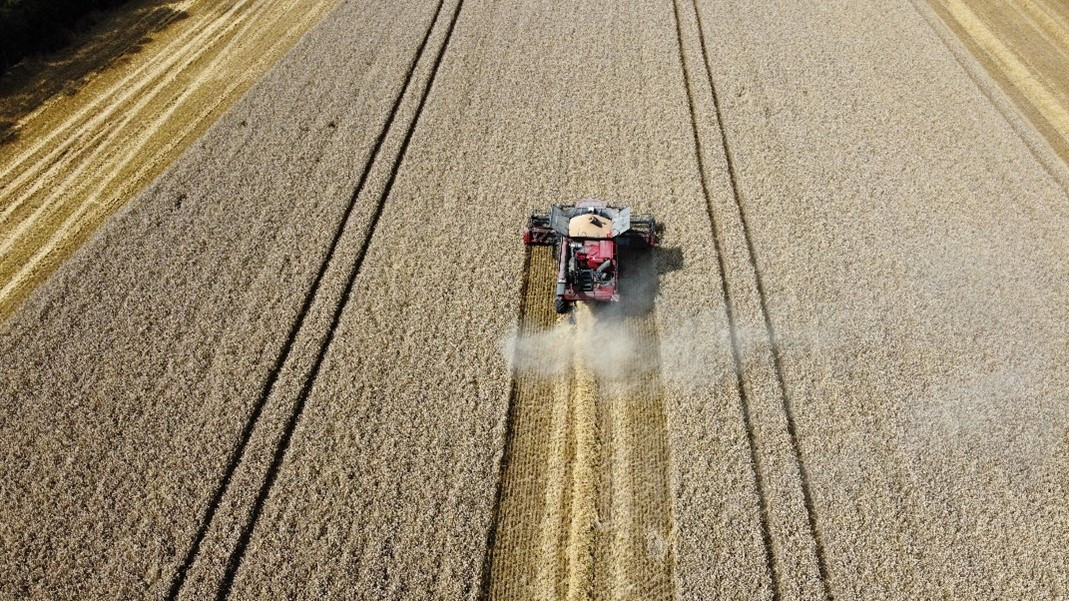


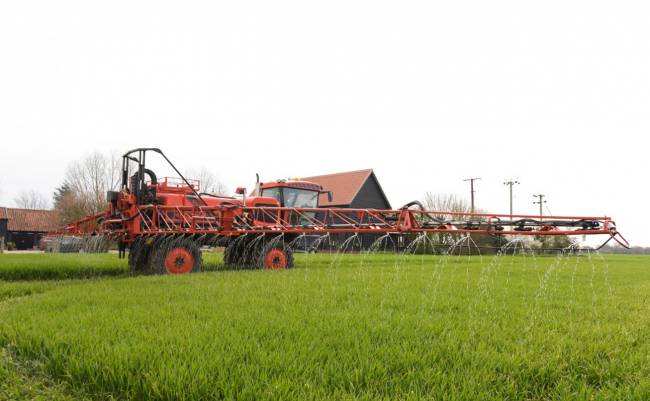
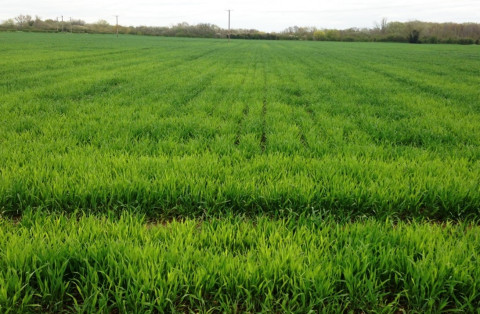
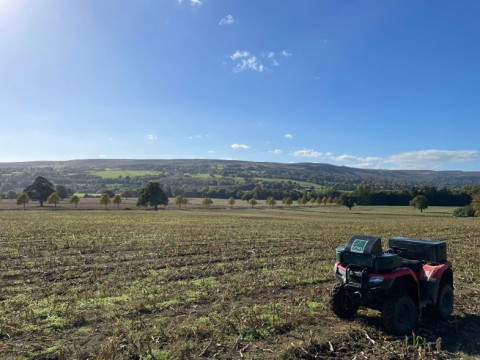
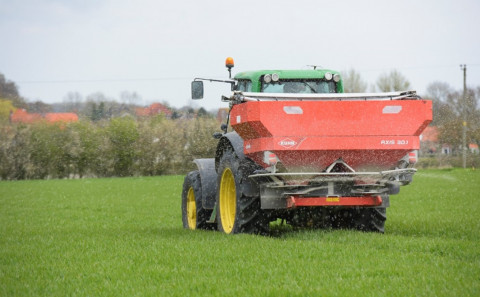



Comments